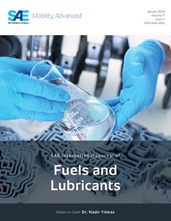Diesel particulate filters (DPFs) are an essential aftertreatment component for reducing the PM emissions of diesel engine vehicles. Installation of a DPF can achieve high filtration efficiency, but PM filtration also causes a high pressure drop due to deep bed filtration. Consequently, periodic PM regeneration is necessary to keep a low pressure drop, but this causes significant deterioration in fuel efficiency. Improving the efficiency of PM regeneration and keeping the pressure drop low are major challenges faced by DPF manufacturers in meeting future CO2 emissions regulations. This paper presents a novel morphological catalyst layer for DPFs, which is located in the surface of the inlet DPF channels and has been formed into a highly porous and three-dimensional meshwork shape. These features enhanced not only the prevention of deep bed filtration to reduce the pressure drop, but also the soot-catalyst contact for a faster PM regeneration rate. Cold flow and transient tests were used to evaluate the pressure drop, while passive and active regeneration conditions were used to investigate PM regeneration. The improvement in fuel economy was also estimated. This novel catalyst showed significant low transient pressure drop. The meshwork catalyst provided almost the same pressure drop compared to a bare substrate without PM loading, as well as a low pressure drop with PM loading. Moreover, the achievement of a higher PM regeneration rate was confirmed when measured under active regeneration conditions. Additionally, this catalyst improved fuel economy remarkably compared to a conventional DPF under PM loading and regeneration cycles.
